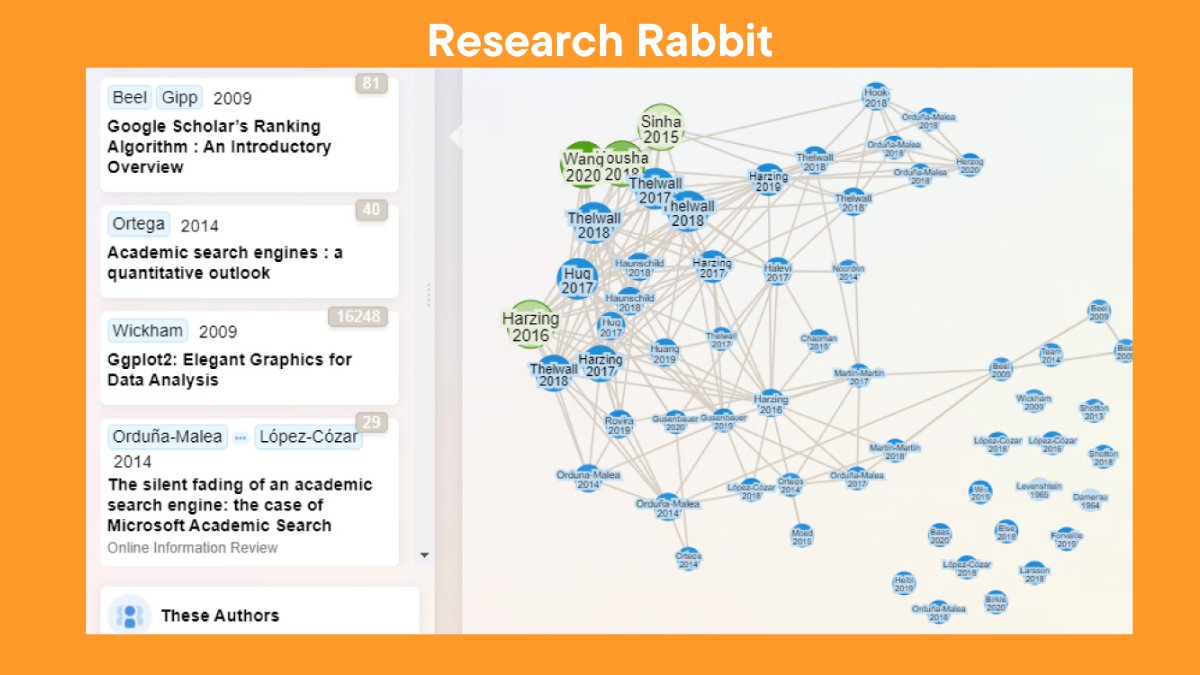Written a paper but don't know where to publish it?
Here are 12 tools to find the best journal for your article:⬇️
Here are 12 tools to find the best journal for your article:⬇️

1. Journal/Article Name Estimator (JANE)
2. Researcher (dot) Life's Journal Finder
3. Think. Check. Submit jane.biosemantics.org
researcher.life/journal
thinkchecksubmit.org
2. Researcher (dot) Life's Journal Finder
3. Think. Check. Submit jane.biosemantics.org
researcher.life/journal
thinkchecksubmit.org
4. SPI-HUB
5. Journal Evaluation Tool
6. Clarivate Master Journal spi-hub.app.vumc.org
digitalcommons.lmu.edu/librarian_pubs…
Listjl.clarivate.com/home
5. Journal Evaluation Tool
6. Clarivate Master Journal spi-hub.app.vumc.org
digitalcommons.lmu.edu/librarian_pubs…
Listjl.clarivate.com/home
7. Scopus Journal Comparison
8. Jot: Journal Targeter
9. Elsevier Journal Finder scopus.com/source/eval.uri
jot.publichealth.yale.edu
journalfinder.elsevier.com
8. Jot: Journal Targeter
9. Elsevier Journal Finder scopus.com/source/eval.uri
jot.publichealth.yale.edu
journalfinder.elsevier.com
10. Taylor & Francis Journal Suggester
11. Wiley Journal Finder
12. Sage Journal Recommender authorservices.taylorandfrancis.com/publishing-you…
journalfinder.wiley.com/search?type=ma…
journal-recommender.sagepub.com
11. Wiley Journal Finder
12. Sage Journal Recommender authorservices.taylorandfrancis.com/publishing-you…
journalfinder.wiley.com/search?type=ma…
journal-recommender.sagepub.com
That's it!
For more updates, stay in touch (@dr_asadnaveed) or subscribe to my newsletter for exclusive guides ()asadnaveed.substack.com
For more updates, stay in touch (@dr_asadnaveed) or subscribe to my newsletter for exclusive guides ()asadnaveed.substack.com
• • •
Missing some Tweet in this thread? You can try to
force a refresh





